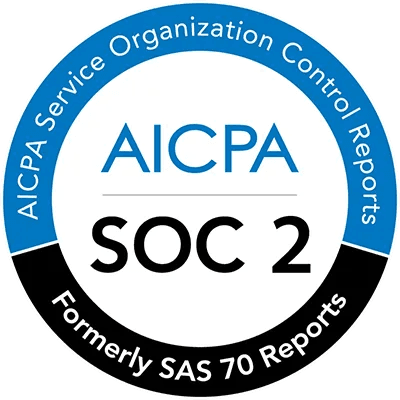article
Five Tips for Making Customer-Facing Documentation Your Competitive Advantage
Documentation has evolved from a technical necessity into a strategic asset directly impacting customer success and product adoption.
Good documentation is one of the fastest ways to deliver value to customers—but too often, companies rely on engineers to write it. This not only slows down development but also leads to documentation that doesn’t fully meet customer needs. Sales teams end up constantly pulling engineers into conversations just to explain the basics, which isn’t sustainable.
Clear, well-maintained documentation makes a big difference. It helps customers get started faster, solve problems on their own, and reduces the number of support tickets. That means happier customers and lower support costs. Teams that prioritize documentation see shorter onboarding timelines and higher satisfaction scores.
Great documentation also doubles as a powerful sales tool. When sales and customer success teams have access to up-to-date technical content, they’re better equipped to answer tough questions and demonstrate value—without always relying on engineering.
And in today’s competitive landscape, documentation can even tip the scales. When buyers are evaluating complex products, they often look at how easy it will be to get up and running. Documentation that helps them move quickly and avoid roadblocks becomes a key part of your value proposition.
Five Tips for Making Documentation Your Competitive Edge
Here are five key tips for creating high-value documentation for your customers:
Maintain consistent hierarchy: Your documentation's structure and navigation should remain consistent at every level. Users should encounter the same terminology, organization, and presentation style whether they're reading an overview or exploring technical details. This consistency builds user confidence as they progress to more advanced topics.
Leverage interactive elements: Interactive examples and tutorials play a vital role in user education, but they must be carefully maintained to retain their value. While tutorials that demonstrate best practices can significantly accelerate adoption, they quickly become liabilities if they fall out of date. Documentation strategies must ensure tutorials cover all essential topics while remaining current with product updates. This often requires significant investment in maintenance and updates.
Implement Clear Versioning: Version management is crucial for effective documentation. Your docs must align precisely with each product version your customers use, making it simple for them to find information relevant to their implementation. This is especially vital when supporting multiple product versions or handling breaking changes between releases.
Enable Strong Discoverability: Transform static documentation into an interactive learning resource through effective search and cross-referencing. Documentation should never lead to dead ends—it should encourage natural exploration as users pursue their interests and needs.
Provide Clear Navigation Paths: Guide users naturally through your documentation by offering intuitive paths to related topics. Each page should anticipate and answer users' likely follow-up questions.
Customer Documentation: What it Looks Like When it Works
For customers using complex technical products, documentation is often their first stop—and sometimes their only support. When direct access to technical support is reserved for top-tier clients, clear, helpful documentation becomes essential to customer success. That’s where Driver makes a big difference. We help teams create readmes, onboarding guides, and tutorials up to 80% faster, so customers can get what they need, when they need it.
One customer engagement team recently used Driver to analyze millions of lines of code and build easy-to-follow templates for their documentation. As a result, their products became much easier for customers to understand and use—leading to fewer support tickets and happier users.
As Todd Vierra, VP of Customer Engagement at BrainChip, puts it:“Documentation has always been a bottleneck for us. We know what we need to deliver—something useful and easy for customers to consume—but getting it done has always taken a lot of time and effort. Driver helps us create high-quality documentation at the speed and scale our business needs.”
When organizations invest in creating and maintaining high-quality documentation, they do more than just support their products—they create a strategic advantage that impacts every aspect of their business. From accelerating customer onboarding to reducing support costs, from enabling sales teams to improving customer satisfaction, effective documentation drives measurable business outcomes. As products continue to grow in complexity, organizations that prioritize high-value documentation will find themselves better positioned to serve their customers, support their teams, and succeed in increasingly competitive markets.

Automated Technical Documentation
Save time documenting and get back to building extraordinary things.

